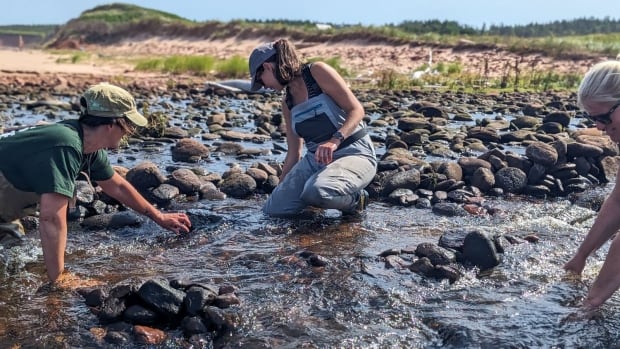
A watershed group on P.E.I. hopes it will be smoother swimming for salmon returning to spawn this fall, thanks to a new pilot project run in partnership with the Canadian Wildlife and the Atlantic Salmon federations.
The Souris and Area Branch of the P.E.I. Wildlife Federation is leading the project, which builds on work that’s already been done in Western Canada while adapting it to the unique conditions in the province.
The goal is to remove barriers that prevent salmon and other types of fish from travelling upstream. Keila Miller, co-watershed coordinator, said salmon have a hard time accessing Island rivers where they spawn in the fall.
“In our area, there’s five beach access points where they have to travel across,” she said. “It’s very rocky, and if it’s blocked, they can’t get up to their home rivers to spawn and to lay their eggs, which is their natural instincts. They want to return to where they came from.”
The water was shallow on the beach access, Miller said, so crews in Souris used nearby rocks and driftwood to create a deeper river meander the salmon can use to travel to their spawning grounds.
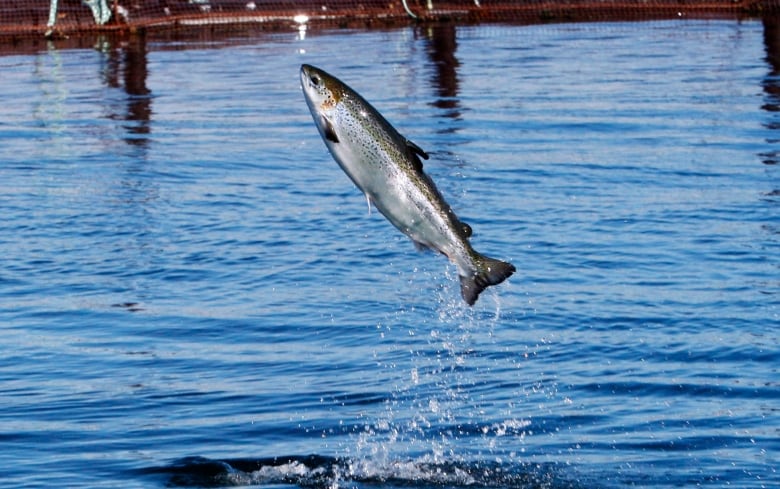
There still could be other obstacles further upstream, Miller said. That includes downed trees from post-tropical storm Fiona and — since the area is heavily forested — barriers created by beavers.
“If it’s blocked here, then the salmon can’t get up. If they can’t get in here, then there’s no point in doing any restoration work upstream,” Miller said.
“The numbers are dwindling. They’re not super low, not alarm bells going off, but we’re almost at that stage. We’re doing our counts year after year, and they’re coming down a little bit. So we have to be proactive.”
Unique challenges
A similar Canadian Wildlife Federation project has taken place in Alberta and British Columbia, but Miller said some of the challenges are different on P.E.I.
“They didn’t realize how small these rivers are … for Atlantic salmon. They’re working with Pacific salmon, and they have huge rivers out there,” Miller said. “They didn’t realize that beavers were a deterrent.”
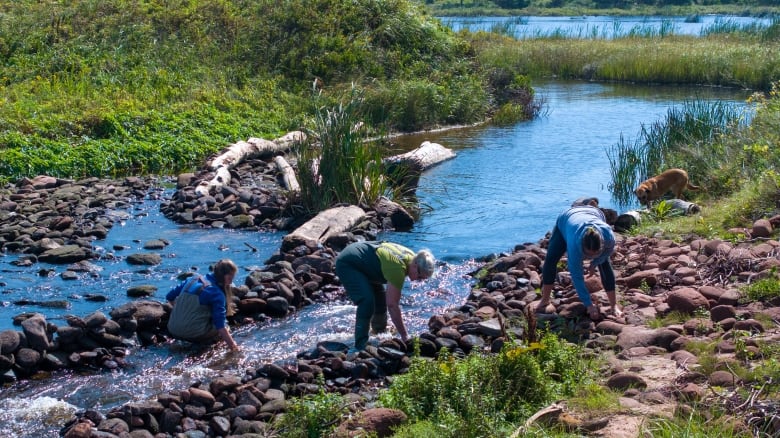
Miller said the work they’re doing now will create a model that could be useful in other Atlantic provinces with similar issues.
“It was a learning curve for all of us, but we can now use this template and put it to other rivers on P.E.I. for salmon or brook trout or American eel, or any other species that has issues with connectivity,” Miller said.
We’re doing our counts year after year, and they’re coming down a little bit. So we have to be proactive.– Keila Miller, co-watershed coordinator
She said the watershed group will be able to measure the success of their work by counting the number of redds — salmon nests — in the fall.
“If there’s plenty of them, we know that they’re able to get up. If there’s none, then we scratch our heads,” Miller said.
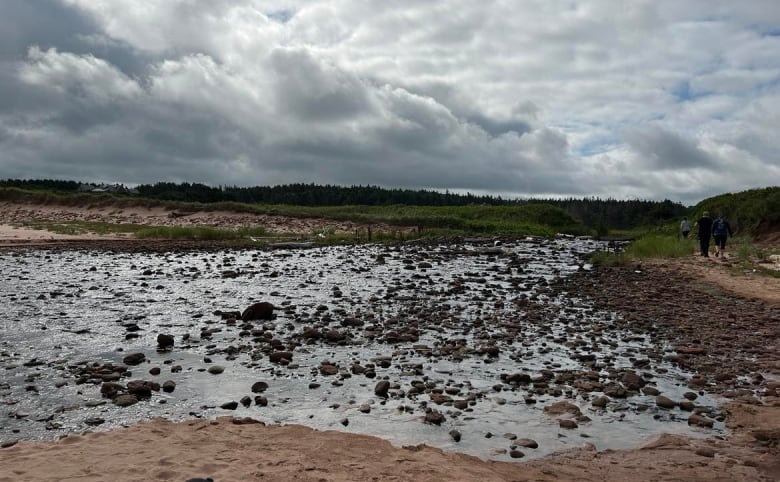
“We’ve been monitoring these for a couple of years because we always have been curious. But the instant feedback with counting the redds is going to be significant.”
Warmer water also a concern
Kris Hunter, director of P.E.I. programs with the Atlantic Salmon Federation, said climate change makes the removal of barriers in fish passages particularly important.
“What we’re seeing now is increased flooding and increased droughts,” he said.
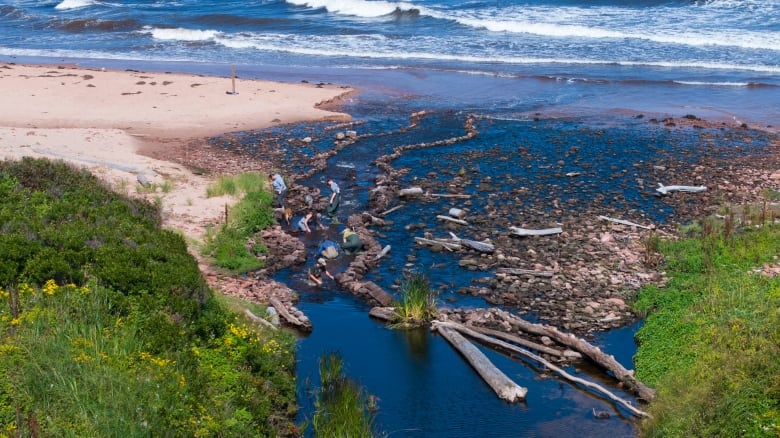
“That changes how water flows across the land, that changes the habitat the fish live in, and it changes when and where they can move.”
Salmon are also a cold water species, Hunter said, so warmer water could also potentially be lethal for the fish.
Nick Lapointe, senior conservation biologist with the Canadian Wildlife Federation, said fish passages are a major challenge across Canada.
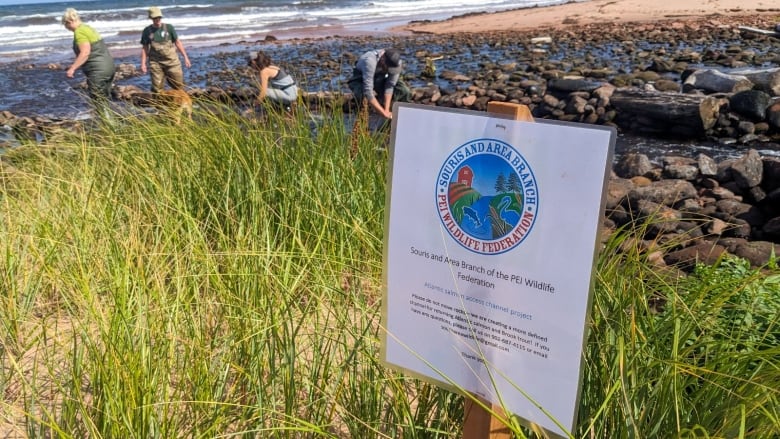
“Unlike birds and mammals who can just move north as climates change, fish are stuck in their freshwater systems. They can’t jump from one lake to another,” Lapointe said.
“By opening up those river networks, we create a bit more resiliency, and give fish the ability to find and use the habitats they need under a wider variety of conditions.”